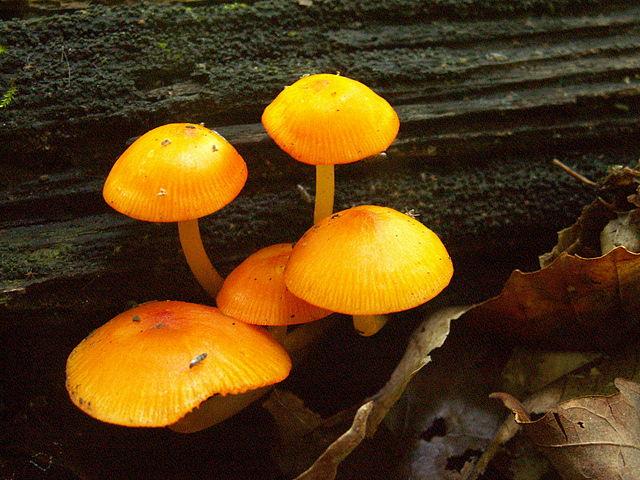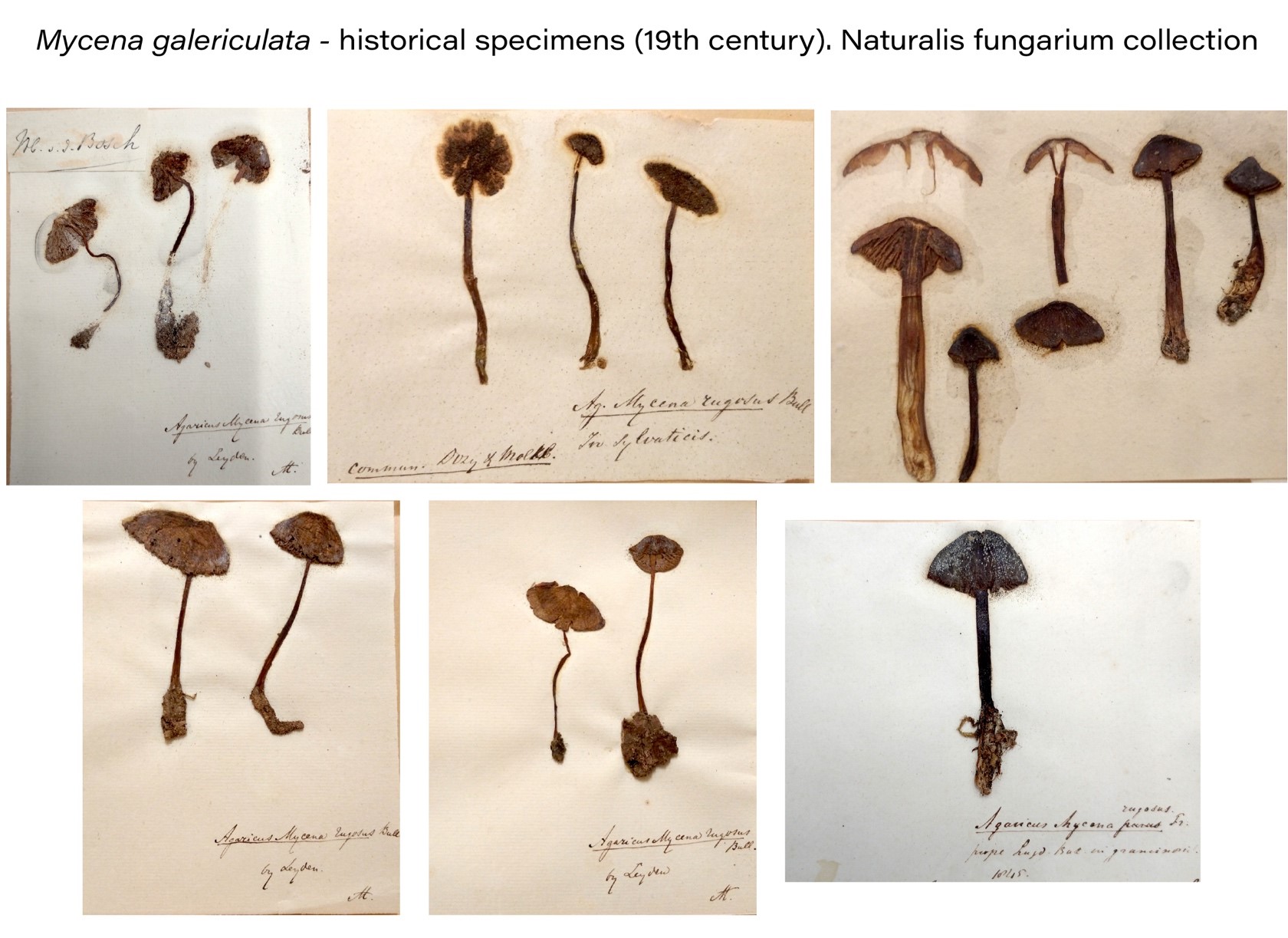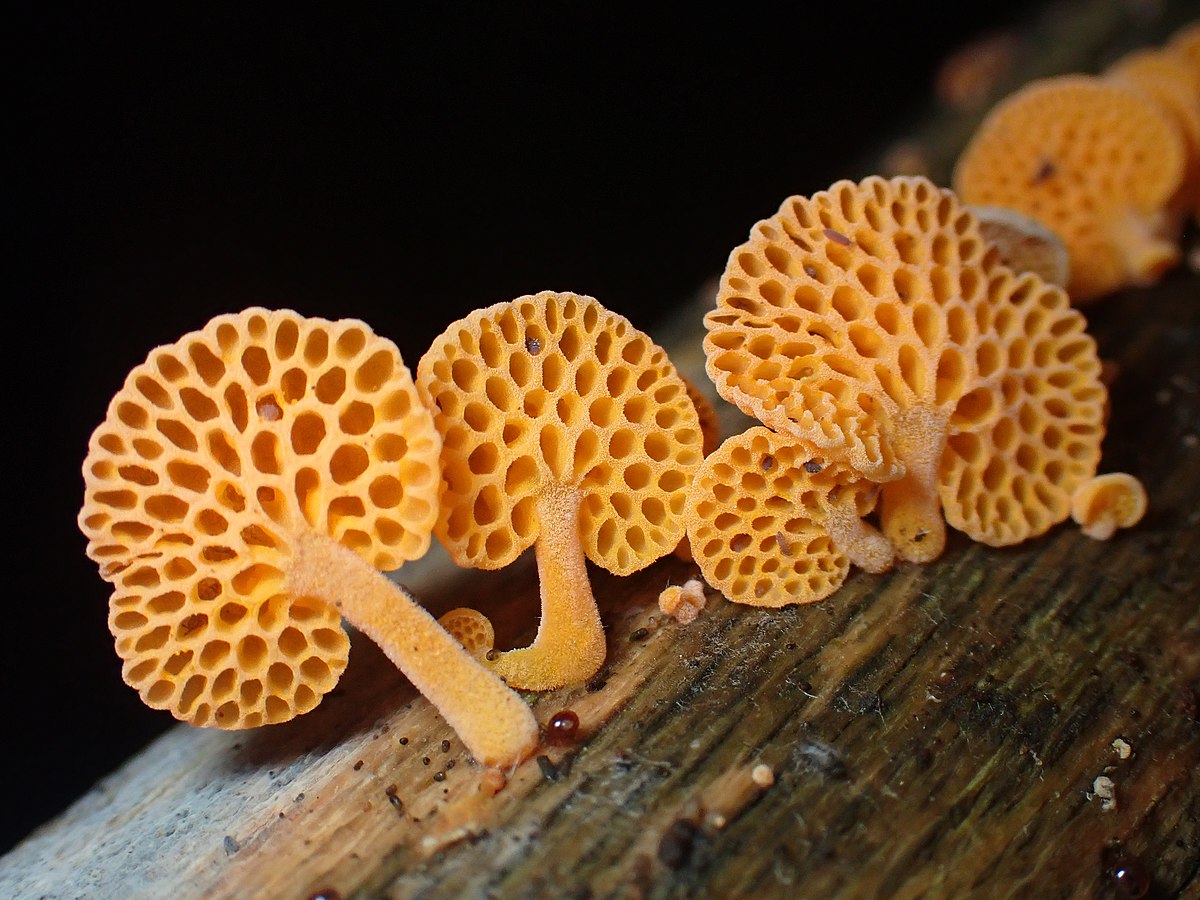
Herbarium collections embody our understanding of the world’s biodiversity and represent a crucial resource to establish conservation goals. Preserved specimens are used for taxonomic research, to study evolution, to monitor changes in space and time and to trace historical trades. At Naturalis we are using collections as genetic and genomic resources to bridge taxonomy and evolution.

Backgroundand context
In this project we are unlocking the molecular potential of the Naturalis Fungarium collection by developing a new method to generate genome-scale data from museum specimens. Target enrichment via hybridization-based capture enables acquisition of data for hundreds of nuclear genes despite high degradation observed for historical DNA. The blueprint of the genetic diversity of a full group of mushrooms can be fixated in a set of short probes (bait) that are used to capture the short fragments of historical DNA and then sequenced. This methodology should produce powerful, large multi-locus DNA sequence datasets suitable for phylogenetic analyses.
As a proof of concept, we are targeting a large and hyperdiverse mushrooms genus that lacks a phylogenetic classification: Mycena.
Objectivesand goals
The main goal of the project is to test the performance of a new, custom target capture bait developed in our group for the Mycena genus.
The student will:
1. Develop a pipeline to process the target capture sequencing data by connecting and evaluating the performance of existing bioinformatics tools.
2. Use the extracted loci to perform phylogenomics in Mycena.

Orange pore fungus - Favolaschia calocera
Materialsand methods
The project does not include experimental work but exclusively bioinformatics. There are many available tools to process target capture sequencing data and several pipelines have been developed. For each step of the post-sequencing workflow the student will choose how to analyse the data, which factors affect the quality and how to interpret the results. Following the analysis of the target capture sequencing data the student will use the data generated to dive into phylogenomics.
Student requirements
A basic knowledge of at least one scripting language such as Python or R is a requirement.
Mycena picta